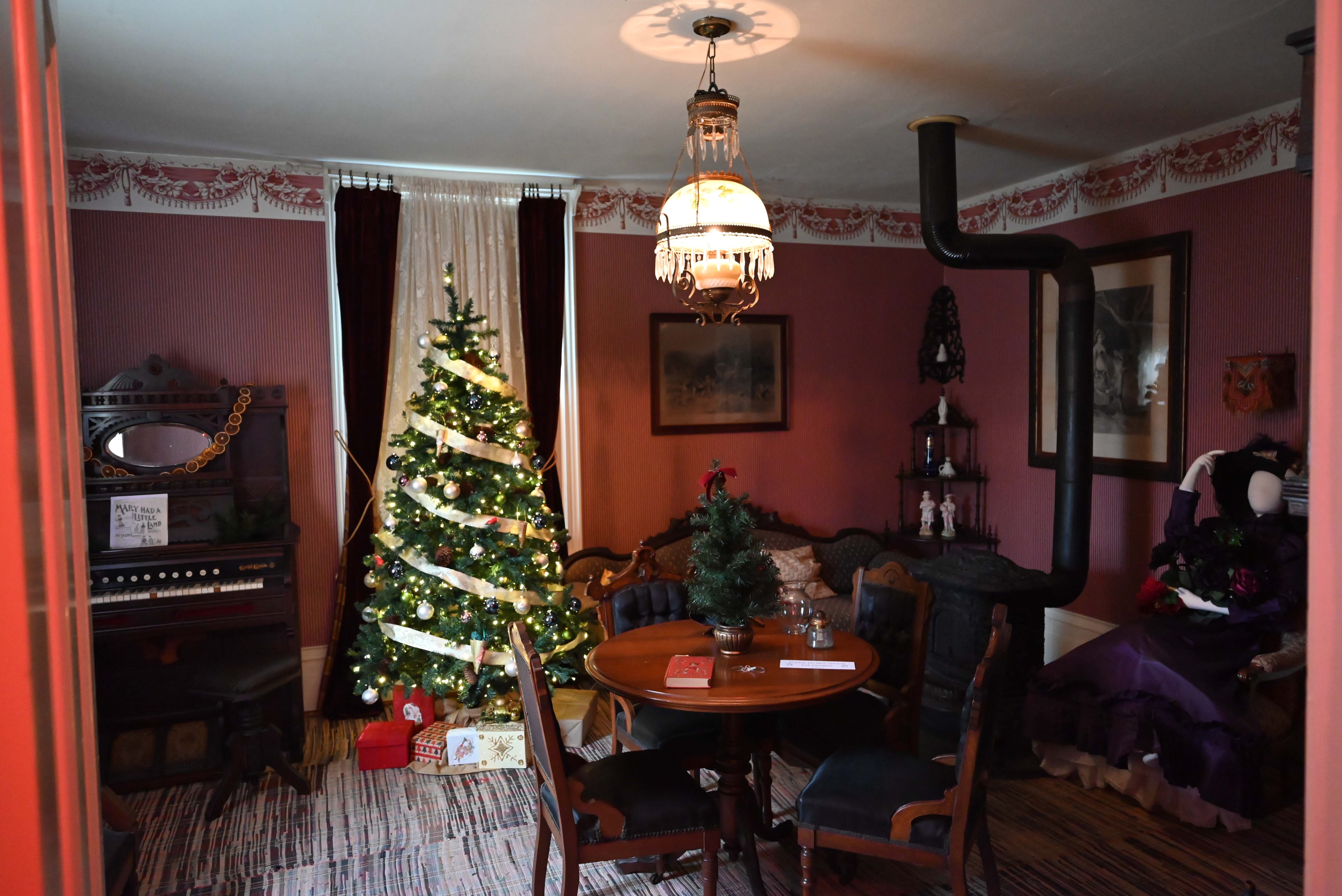The Adelaide Hunter Hoodless Homestead is celebrating a Victorian-era Christmas traditions with its Hunter Family Christmas exhibit.
The museum, located in St. George, is running the exhibit weekly, from Wednesday to Sunday until December 23.
Visitors receive a 35-minute guided tour through the home and learn about the history of Adelaide Hunter Hoodless, her family, the home and early Christmas traditions.
The Hunter home is a rather large space for the time period and it’s filled with nineteenth-century décor. From tea sets to a mouse-proof piano, spinning wheels, a trouser press chair and children’s toys, there is no shortage of history within the family home.
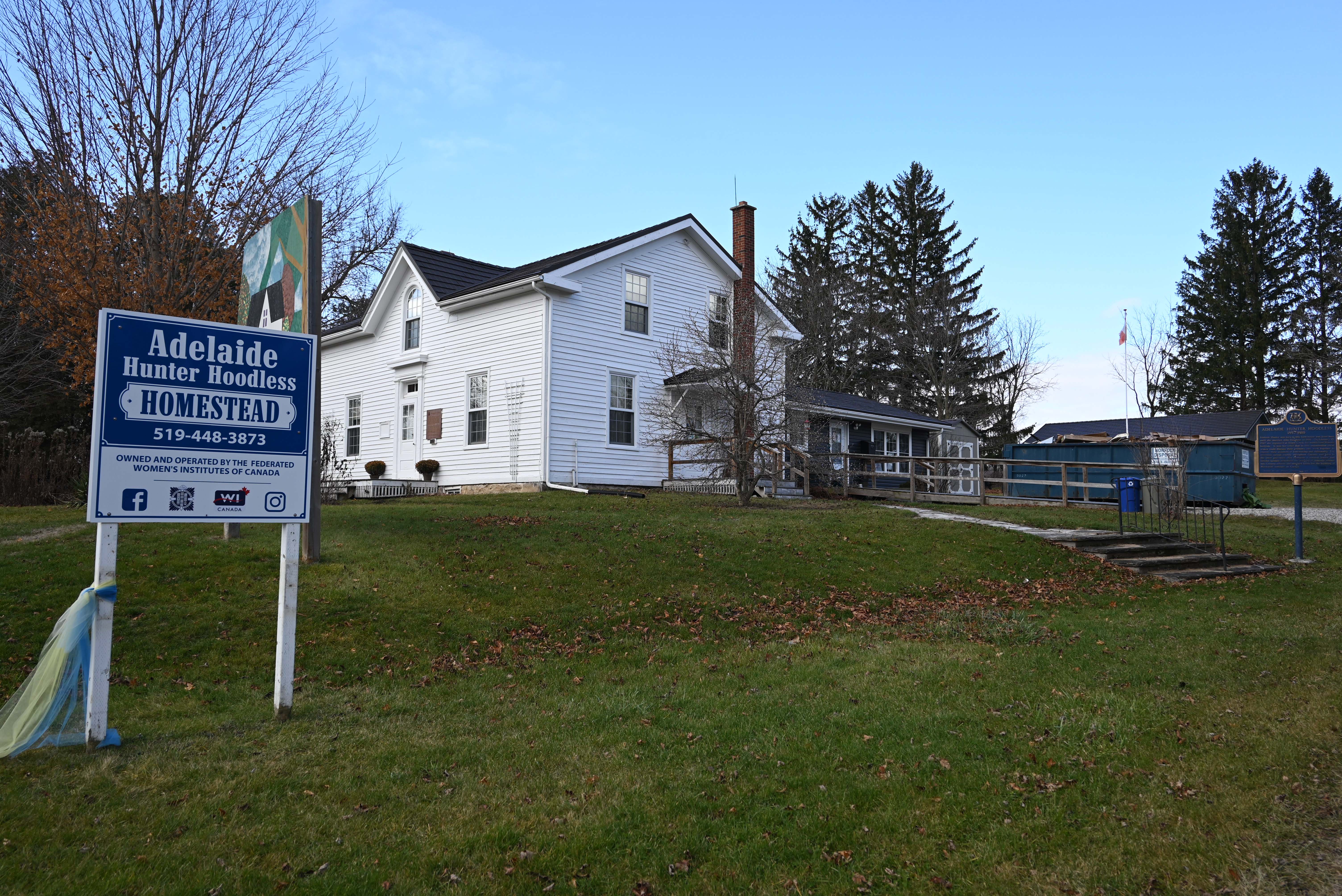
The homestead is inviting the public to step back in time and experience a variety of Christmas traditions currently on display in the two-story home.
The Victorian period saw many holiday traditions come alive during the time, including the idea of decorating a parlour-sized tree (popularized by the royal family).
Families would fill their trees with: pinecones, dried fruits, cranberries, popcorn, sweets, bird ornaments, glass ornaments dipped in mercury and even a Christmas pickle.
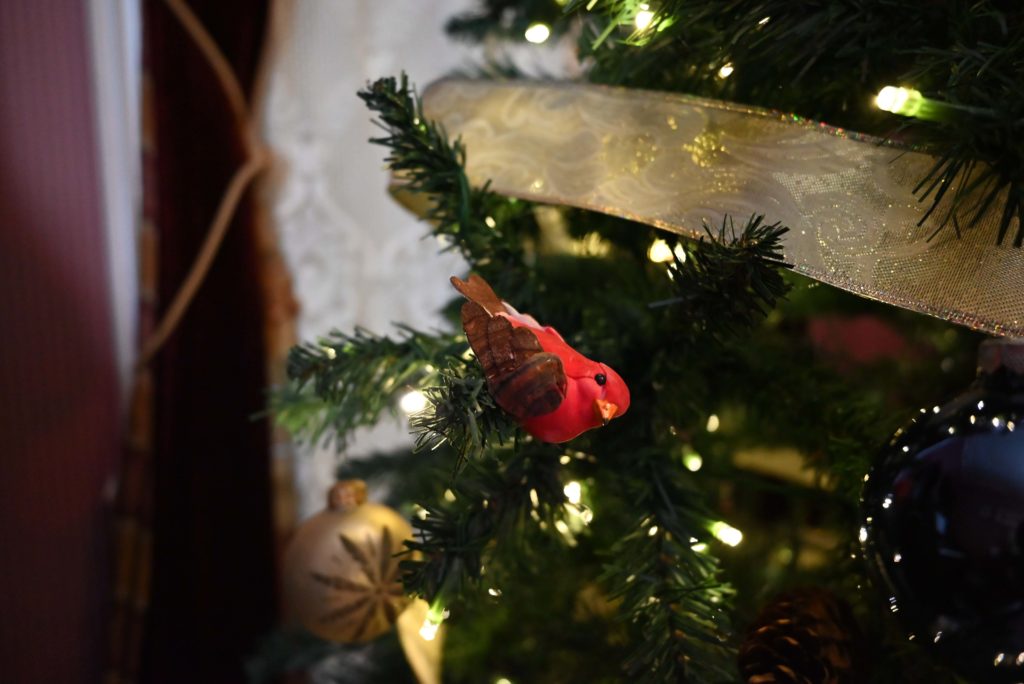
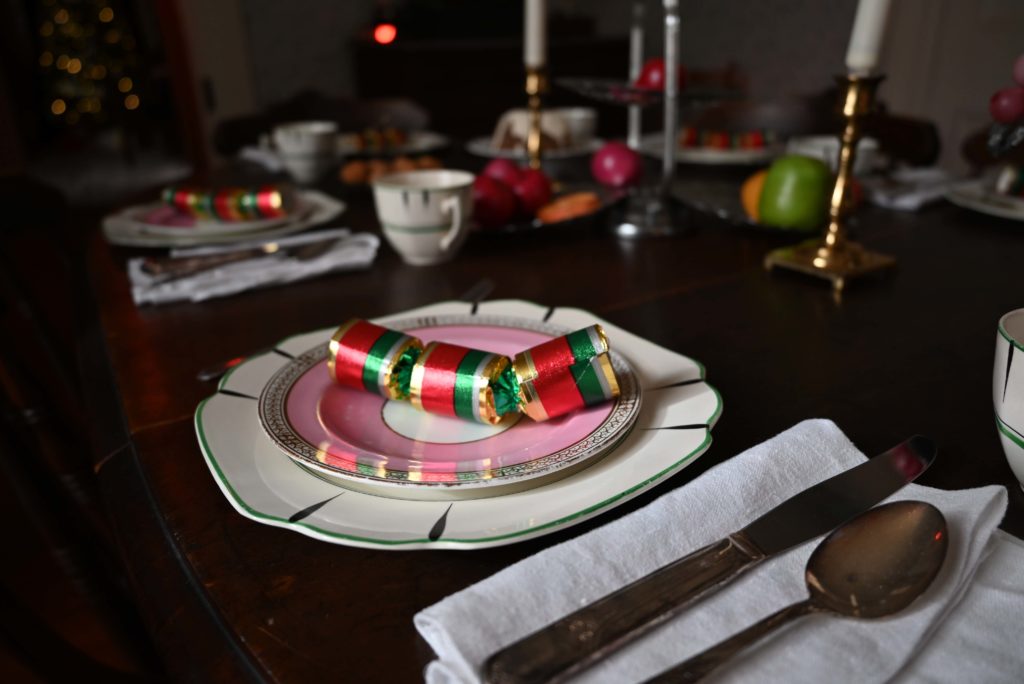
The dining room at the homestead offers a look into a typical Christmas dinner with popular Christmas crackers, and a traditional Christmas pudding that promoted luck during the time.
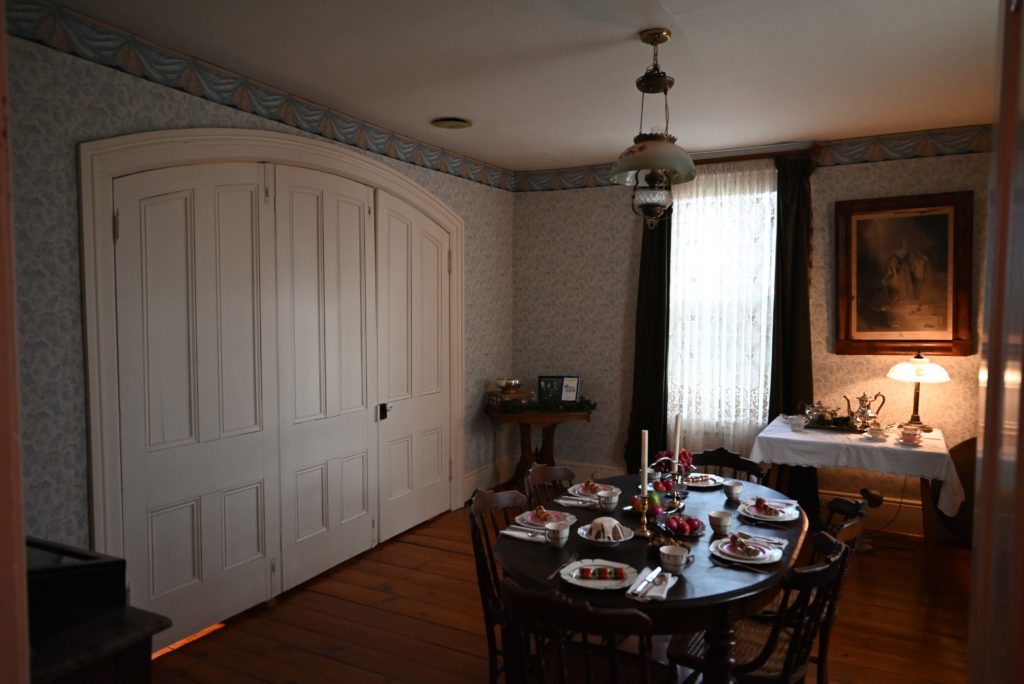
Families of all ages are welcome, children in attendance can try to find the hidden toy mice and will receive a present at the end of the tour.
The Turtle Doves, French Hens and Golden Rings: Holiday Greetings is another exhibit on display that is included in the tour. Visitors will learn about the history of postcards and can view a variety of postcards that date back to 1906, all the way to the present day.
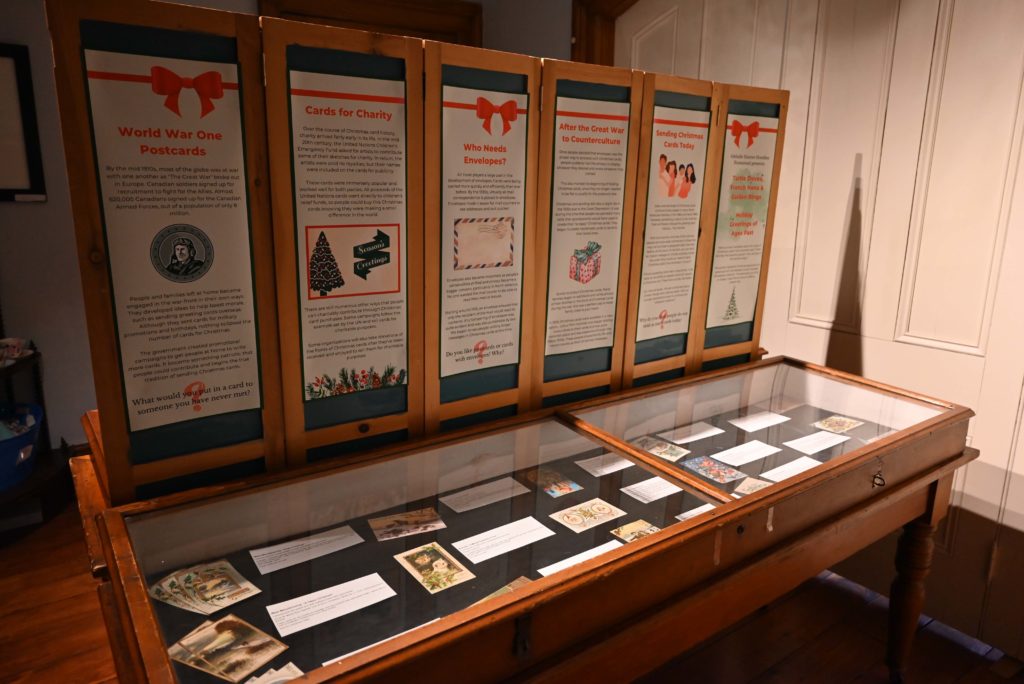
Adelaide’s youngest child died at the age of 14-months old after complaining of stomach pains.
“She thought that she was a bad mother and was blaming herself for a lot of what happened,” Amanda Webber, museum manager said. “She started doing a lot of research into what had happened to her son, not really satisfied with the answer everyone was giving her.”
Living in Hamilton at the time, she discovered the city was using unpasteurized milk. Growing up on a farm, she knew the dangers of milk if not properly prepared and she set out to spread the word.
She would go on to be an educational reformer and was known as the co-founder of the Women’s Institute, the National Council of Women, the Young Women’s Christian Association and the Victorian Order of Nurses. Her work played a large role in providing education for women to help protect their families from harm.
Kimberly De Jong’s reporting is funded by the Canadian government through its Local Journalism Initiative.The funding allows her to report rural and agricultural stories from Blandford-Blenheim and Brant County. Reach her at kimberly.dejong@brantbeacon.ca.
